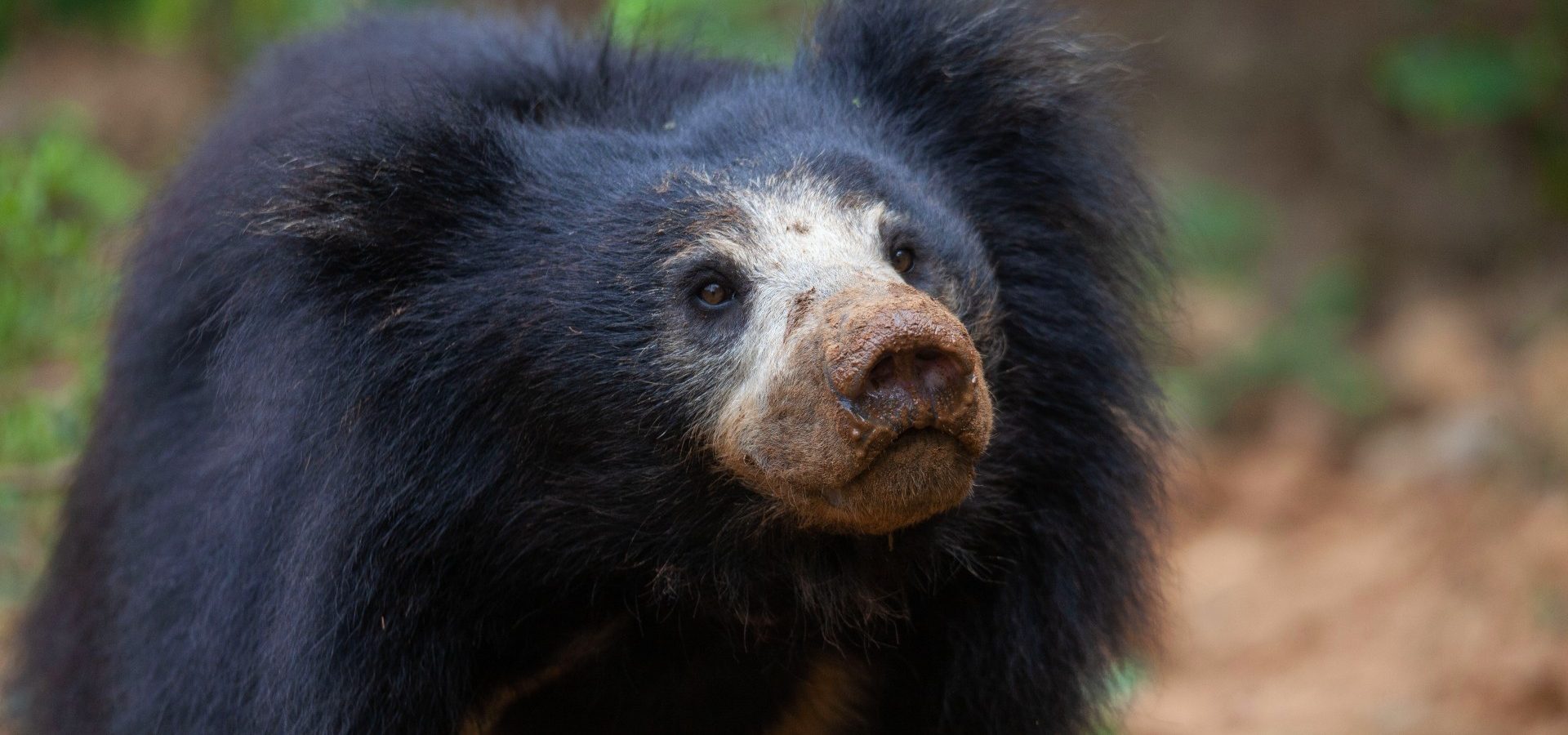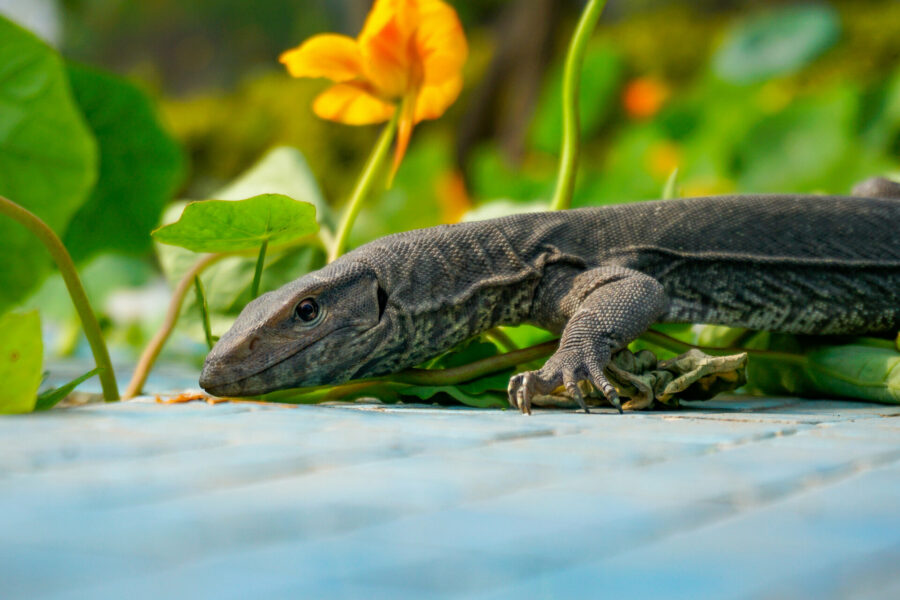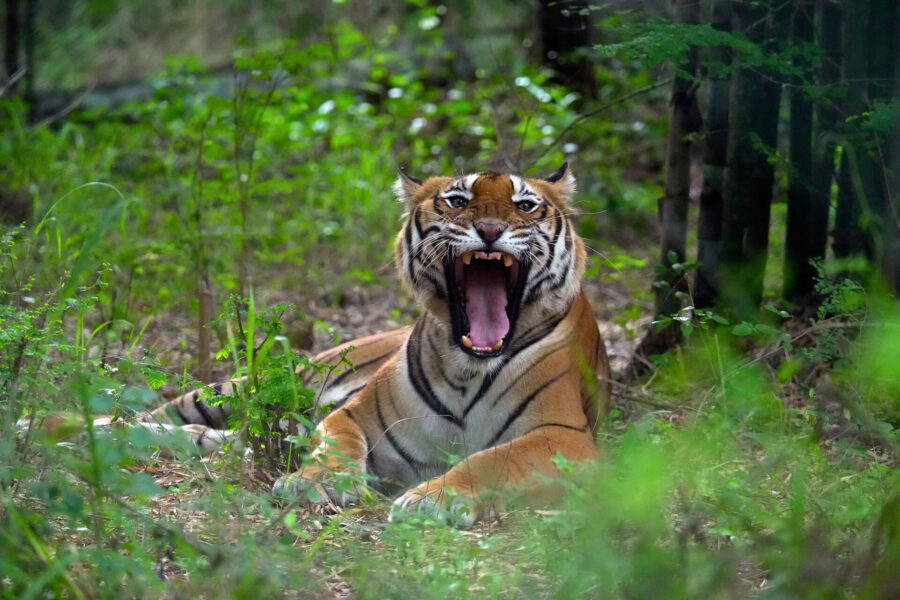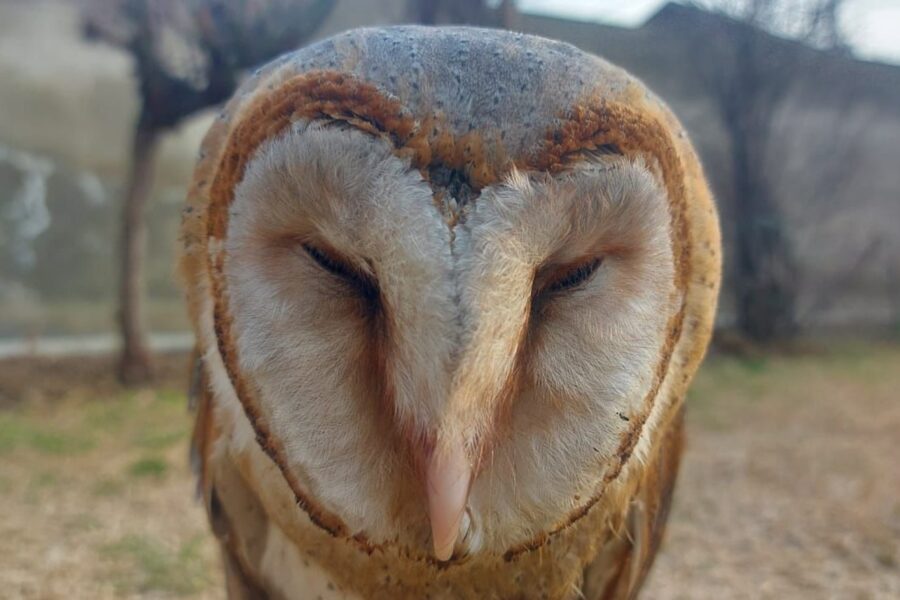When one hears the name “Sloth bear” for the first time, it can be quite puzzling to imagine what this animal looks like. The picture that perhaps comes to mind is that of a Sloth, an arboreal mammal known for spending most of its life hanging upside down from a tree and chewing its food at an incredibly slow pace. You might also have seen the hilarious portrayal of this mammal depicted in the popular animated movie Zootopia. In reality, this Sloth is actually quite different from the Sloth bear, which is the topic of our account today. It was in 1791 that European zoologist George Shaw came across this bear and may have misunderstood its characteristics to be more akin to that of a Sloth’s as opposed to a bear’s, hence giving it the name “bear sloth”.
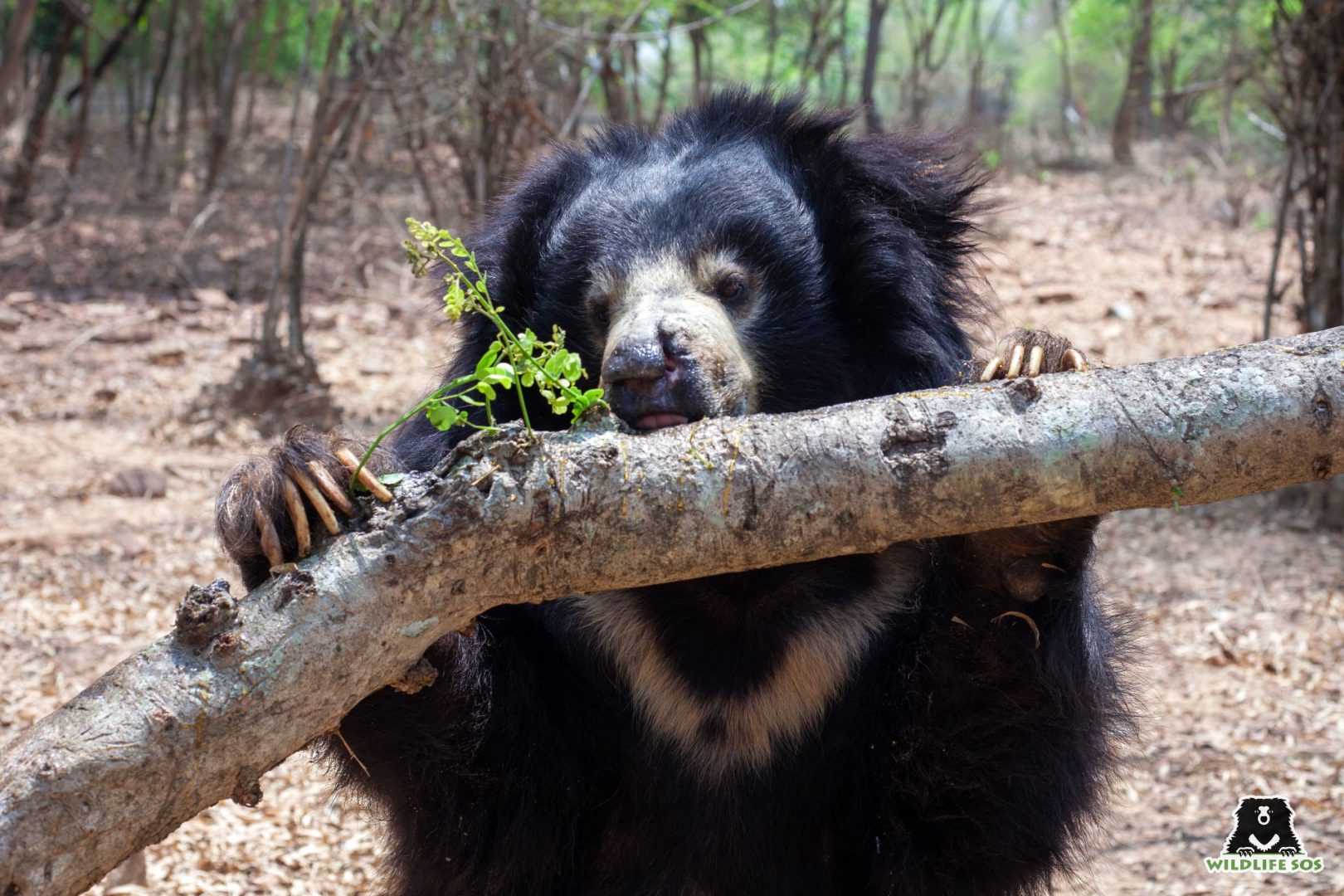
Not only that, when it came to the Latin-based binomial classification of these animals (genus), he placed this bear in the same family under which Sloths are classified, called Bradypodidae, as opposed to Ursidae, the bear family. After many changes along the way, the scientific name of Sloth bears was finally corrected from Bradypus ursinus to become Melursus ursinus. Its common name, however, was only inverted to what we call the bear today: Sloth bear.
Sloth bears are one of the eight bear species found across the world, and they mainly inhabit the region of India, Nepal, Sri Lanka and presumably Bhutan. They have long, shaggy dark brown or black fur and curved claws, which are the longest out of any of the bear species. Long claws were another reason that made Shaw assume that these bears were a part of the Sloth family. However, unlike Sloths, these bears use their claws for digging rather than an aid to hang on trees.
Sloth Bear Or Black Bear?
The appearance of this bear is quite similar to that of the Asiatic Black bear, making it difficult for the untrained eye to spot the difference. This is the reason why many hadn’t noticed the gradual disappearance of the Sloth bear from Bangladesh; the presence of the Black bears veiled the Sloth bears’ disappearance.
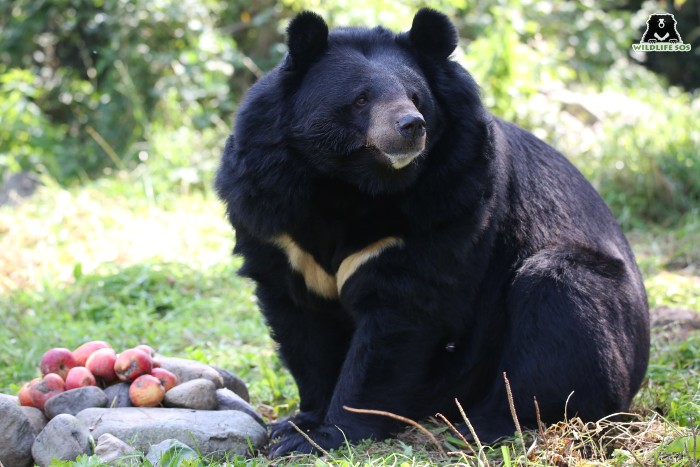
There are a few differences, though, that one can look out for. While Sloth bears have shaggy fur, Black bears tend to have smoother and shorter fur. Black bears also have more rounded ears (similar to that of Mickey Mouse) while Sloth bears have long, unruly hair on their ears.
![Sloth bears have shaggy, unkempt appearance, with more debris in their fur. [Photo (c) Wildlife SOS]](https://wildlifesos.org/wp-content/uploads/2022/01/Sloth-bear-with-enrichment.jpg)
A Unique Palate
The food choices of a Sloth bear are also one that might surprise you! While other bear species may enjoy dining on fruits, fish and other animals, Sloth bears are myrmecophagous, meaning, they find bugs and termites to be their most sought after meal! Of course, these bears too are omnivorous and also eat fruits when available, but their dentistry and physiology are perfectly formed to eat termites. These bears use their long, sharp claws to dig into insect mounds, while their thick fur prevents them from being bitten by any of these bugs. Their muzzles and the two missing front teeth act as a vacuum to suck out termites, which are their main source of protein. They also relish feasting on honey (who doesn’t!), thus claiming the name “honey bears” for themselves.
![The mealworms are added in a mixture of wheat bran and oats, and kept away from the reach of rodents. [Photo (c) Wildlife SOS/Lenu Kannan]](https://wildlifesos.org/wp-content/uploads/2022/09/BBRC_Lenu_BSF.jpg)
Years of evolution of the bears have culminated into the eight bear species that we see today. Out of those, Sloth bears truly are in a league of their own, in terms of their unique palate that consists of everything from dung beetles to jackfruit. They are a true enigma when it comes to their physiology and behaviour.
Scent Communication!
Another notable fact about Sloth bears is how they use scent trails to communicate. Known as pede-marking, this method of chemical communication happens when the bear uses the pedal glands on its feet to secrete certain scents. They often depict this behaviour of dragging and pressing their feet on the ground during mating season. Though these bears mostly live a solitary life, they use this technique to come together during the breeding season.
Sloth Bear Denning
Unlike other bears that use dens for hibernation, Sloth bears do not actually hibernate. It is during the maternity period that the female bear relies on the den to give birth to its young one. The gestation period of a Sloth bear is about seven months, during which the mother bear avoids predators and finds a cave to give birth in. The male Sloth bear plays no role in raising the children who stay with their mother for about two years to learn the skills they need to survive in the wild. After this, the mature cubs go their own way.
![Sloth bears will use many different types of places for resting dens depending on what is available in the habitat, this includes naturally occurring caves and crevices between big boulders. [Photo (C) Wildlife SOS]](https://wildlifesos.org/wp-content/uploads/2022/09/den1-768x553-1.jpg)
After giving birth to the cubs, the mother bear doesn’t leave the den for almost an entire month. Afterwards, she begins to make brief trips outside for food and water, though she doesn’t wander too far. Once the cubs are slightly older and can deal with the elements of nature, they cling on to their mother’s back while she hunts and moves around. They continue to ride on their mother’s back for about nine months. Wildlife SOS has undertaken a Sloth Bear Denning Project, spanning across forest divisions of Karnataka like Tumkur, Ramnagara, Daroji and Gudekote in order to understand the biology, denning patterns and reproductive physiology of Sloth bears using advanced scientific techniques.
The ‘Dancing’ Bear Tradition
The Sloth Bear was assessed for the IUCN Red List of Threatened Species in 2016 and has been listed as ‘Vulnerable’. It is protected under Schedule I of the Indian Wildlife (Protection) Act, 1972. However, 400 years ago, these bears weren’t protected under the law, and a barbaric practice was on the rise, where Sloth bears were poached from the wild for entertainment. A hot iron rod was passed through the delicate muzzles of these bears to create holes for a rope. This rope was constantly tugged to make the Sloth bears ‘dance’ in agony. The bears were mainly used to entertain emperors in the Mughal era, but later, this tradition transformed into roadside entertainment for commoners and tourists in India. Wildlife SOS has worked hard to curb this cruel practice, with support from various international organisations like International Animal Rescue, One Voice and Free The Bears, along with the cooperation of the Indian government.
![The Kalandar community was forced to depend on the illegal practice of bear dancing for their livelihoods. [Photo (C) Wildlife SOS]](https://wildlifesos.org/wp-content/uploads/2022/09/Dancing-Bear-project-small-1.jpg)
The practice isn’t common anymore due to legal prohibition. Yet, Sloth bears still face threats of poaching for traditional medicine, habitat loss and a high rate of human-wildlife conflicts.
Living With Sloth Bears
Though these bears usually avoid conflict and choose to flee instead, they can be quite ferocious occasionally in order to defend themselves. They are strong enough to fight off tigers, and do not hold back if they feel that their life is under threat. A long-term goal to protect the forests and prevent habitat fragmentation is required for the safety of all wildlife species. Wildlife SOS conducts special awareness programmes for the safety of humans and bears in case any conflict scenarios arise involving Sloth bears.
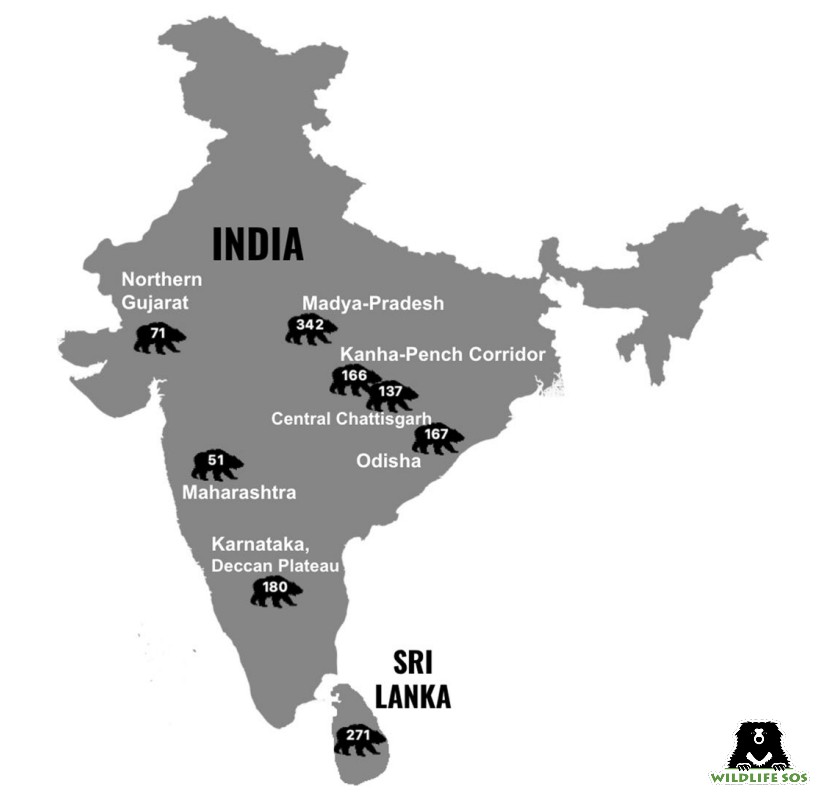
This includes methods to deter any interaction with Sloth bears, but also a public service announcement on how to survive a Sloth bear attack.
You can watch the same in the video below
To support our wildlife conservation efforts, you can make a donation here!

